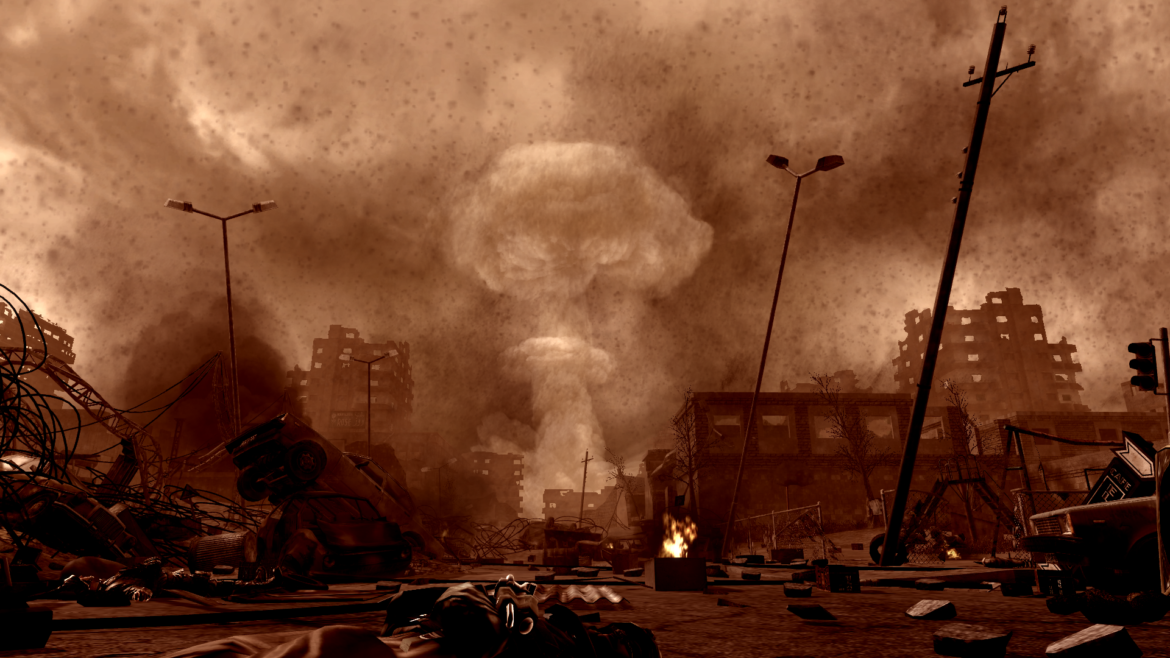Games are both an art form and a technological innovation. Video game sequels often showcase how far we’ve come as technology advances and provide developers with new methods to expand upon their old concepts (or explore new ones). Actually, it’s not unusual at all for a video game sequel to be a significant improvement over its predecessor.
While video game sequels tend to be widely appreciated, it’s not unusual for one to go unnoticed. There is no shortage of reasons why a video game sequel may be forgotten or underrated, from very good games that had the misfortune of following renowned classics to outstanding games that improved terribly awful ones that managed to tarnish the series’ brand. One thing all overlooked sequels have in common is that they should have their own legacy.
While there are many contributing elements, low sales and/or low critical/user reviews are the most common reasons for a game’s underappreciation. In addition, we looked at the game’s overall reputation, how often it’s discussed, and how well it stacks up to other, more well-known instalments in the same series. It was a matter of judgement, of course, to make the ultimate choices.
Here are 5 sequels that didn’t get their due yet are still enjoyable:
Metal Gear Acid 2
Metal Gear Acid was enjoyable, but it failed to find widespread appeal among PSP owners due to its uninspired presentation and unfinished take on the card-based strategy genre. In spite of its merits, Metal Gear Acid 2 was underappreciated by many for its unusual premise and other problems.
If you can get over the fact that Metal Gear Acid 2 is a strategy game based around collectable card warfare, you’ll discover that it delivers a much more polished take on the same fundamental concept as its predecessor. It also has beautiful cel-shaded visuals that are perfectly suited to the game’s mechanics and perfectly depict the lighthearted and ludicrous spirit of the series. Since we’re talking about Konami, it’s safe to assume that this game will never receive the attention it deserves or a wider current release.
Red Steel 2
Red Steel 2 suffers from the opposite problem of most sequels, which are often deemed “underrated,” due to the pressure of following a masterpiece. To put it bluntly, the original Red Steel was a nightmare of well-intentioned concepts mangled in a poorly executed product. The samurai epic was meant to be a demonstration of the Wii’s ability to deliver truly original action experiences. A lot of the time, it was completely unusable and turned out to be nothing more than a fancy tech demo.
Despite a few lingering technical problems, Red Steel 2 delivers a sequence of breathtaking action set pieces that are easily on par with the greatest of their era and more. This samurai western was such a vast advance over its forerunner that it deserved to leave its own mark.
On the contrary, it underperformed considerably and continues to exist in a different kind of shadow cast by its predecessor.
Mario and Luigi
The Mario role-playing games developed by AlphaDream are often overlooked. Despite a lack of in-depth exploration of the genre, these games have some of the finest wit you’ll find in a video game. Still, Partners in Time (2005) has to be the most undervalued Mario RPG experience produced by the studios. As a matter of fact, it’s the only one of the three that wasn’t updated for the Nintendo 3DS. That’s because, as producer Akira Otani explains, it never gained the traction of their other games.
That’s really bad because this is an amazing game that needs a remake, remaster, or simply re-release. The inclusion of time travel principles in Mario & Luigi: Superstar Saga by developer AlphaDream substantially improves not only the already excellent core gameplay but also the title’s odd tale, which stars the newborn incarnations of Mario and Luigi.
Call of Duty: Infinite Warfare
Its teaser for Call of Duty: Infinite Warfare was the most-disliked gaming video on YouTube in 2016. (up until that point). There were a lot of factors that contributed to the instant and widespread backlash. A lot of people thought that putting “Call of Duty” into space was as desperate a move as practically every previous “X franchise goes to space” effort in entertainment history, and they didn’t like the trailer or the franchise at the time. Many people went into the game with negative expectations.
Players of Call of Duty: Infinite Warfare, however, uncovered one of the series’ finest campaigns. The series’ shift to a full sci-fi setting was undoubtedly exciting for developer Infinity Ward, who used the opportunity to tell a moving, tense, and inventive story unlike anything seen before in even the best Call of Duty games. Fans of the franchise may be disappointed by the inclusion of multiplayer, but the game has been unfairly stigmatised for too long.
Resistance 3
After Microsoft’s groundbreaking first-person shooter Halo, competitors scrambled to create their own worthy of comparison. Specifically, Sony’s Resistance: Fall of Man series (with the Killzone series also taking a shot at the genre crown). Although the first game was favourably received, many of the alterations made to the formula in Resistance 2 were met with player disapproval. Poor sales of the series finale are probably attributable to this; a pity, given that Resistance 3 is often considered to be the best instalment.
Resistance 3 isn’t just another military story about repelling extraterrestrial invaders like the previous games in the series. Survivors’ struggles to, well, survive in a post-apocalyptic world provide a deeper human dimension to the game. In addition, a weapon levelling system that encourages experimentation has been added to Resistance 3, while the controversial adjustments to Resistance 2 have been removed. While in an ideal world, Resistance 3 would have been the saviour of the Resistance franchise, it instead effectively ended it.
